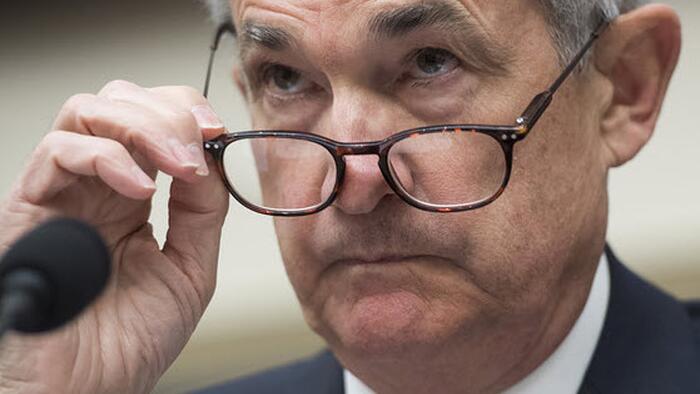


Authored by Mohamed El-Erian via Project Syndicate,
As US inflation gradually eases, the claim that today’s inflationary pressures are the result of a temporary supply shock has re-emerged. While this thesis may be comforting, it could also encourage dangerous complacency, making an already serious problem much harder to solve.
Nearly two years into the current bout of inflation, the concept of “transitory inflation” is making a comeback as the COVID-related supply shocks dissipate. This comes at a time when it is critically important to keep an open mind about the trajectory of inflation, including by avoiding an over-simplified transitory narrative that risks obfuscating the real issues facing the US economy.
“Transitory” is a comforting notion suggesting a short-lived, reversible phenomenon. Critically, the concept assumes away the need to adjust behaviors. After all, if an inflation scare is only temporary, the best way to deal with it is simply to wait it out (or, to use a policy and market term, “look through it”). That is why this narrative is particularly dangerous. By encouraging complacency and inertia, it could exacerbate an already serious problem and make it harder to solve.
The US Federal Reserve’s initial response to rising inflation is a case in point. In 2021, the world’s most powerful and influential central bank rushed to characterize higher inflation as transitory. It doubled down on this approach even after the data went against it, refusing to pivot for too long.
The Fed’s repeated mischaracterization delayed crucial policy responses at a time when the persistence of inflation was starting to influence corporate price-setting and workers’ wage demands. As a result, the Fed not only lost credibility but also inflicted unnecessary pain on millions of American households, particularly the most vulnerable segments of the population.
While a few economists have never given up on the transitory inflation thesis, the vast majority already realized last year that it was a regrettable analytical and policy error. That makes the current re-emergence of this narrative even more perplexing.
A recent article in Politico noted that “There is also at least some reason to believe that [the economists and policymakers] who assured [Americans] that inflation would be transitory, including Fed Chair Jerome Powell, might have been kind-of-sort-of right, though the transitory period was just longer and uglier than expected.”
This is unfortunate. Not only does it force a time dimension on an inherently behavioral concept, but it also ignores the fact that the Fed’s initially fumbled response forced it into one of the most aggressive, front-loaded series of interest-rate hikes ever, including four consecutive 75-basis-point increases. Moreover, while US inflation has been slowing, it is dangerous to suggest that the problem is behind us.
Looking ahead to the rest of the year and early 2024, three possibilities stand out for me.
This is not just about multiple scenarios with no single one dominating. It is also about probabilities that must be viewed with caution. Former US Secretary of the Treasury Lawrence H. Summers captured well the prevailing mood among many economists: “It’s as difficult an economy to read as I can remember,” he recently said.
This sense of uncertainty is evident in the short-term outlook for economic activity, prices, and monetary policy, as well as long-term structural shifts like the clean-energy transition, the rewiring of global supply chains, and the changing nature of globalization. Heightened geopolitical tensions also play a role.
Whatever happens, the worst thing we can do is fall back into complacency. Powell, after championing “transitory inflation” for too long, is now warning against it. “There has been an expectation that [inflation] will go away quickly and painlessly and I don’t think that’s at all guaranteed,” he said recently. “The base case, for me, is that it will take some time. And we will have to do more rate increases…”
Simplistic economic narratives, especially comforting ones that entice those looking for shortcuts, often mislead much more than enlighten. This was the case with the transitory inflation narrative that, while discredited in 2021-22, is now reemerging. It is also the case with those who are predicting with a high degree of confidence a US recession (I am not in that camp), only to dismiss it as “short and shallow” in order to regain their economic comfort zone.
